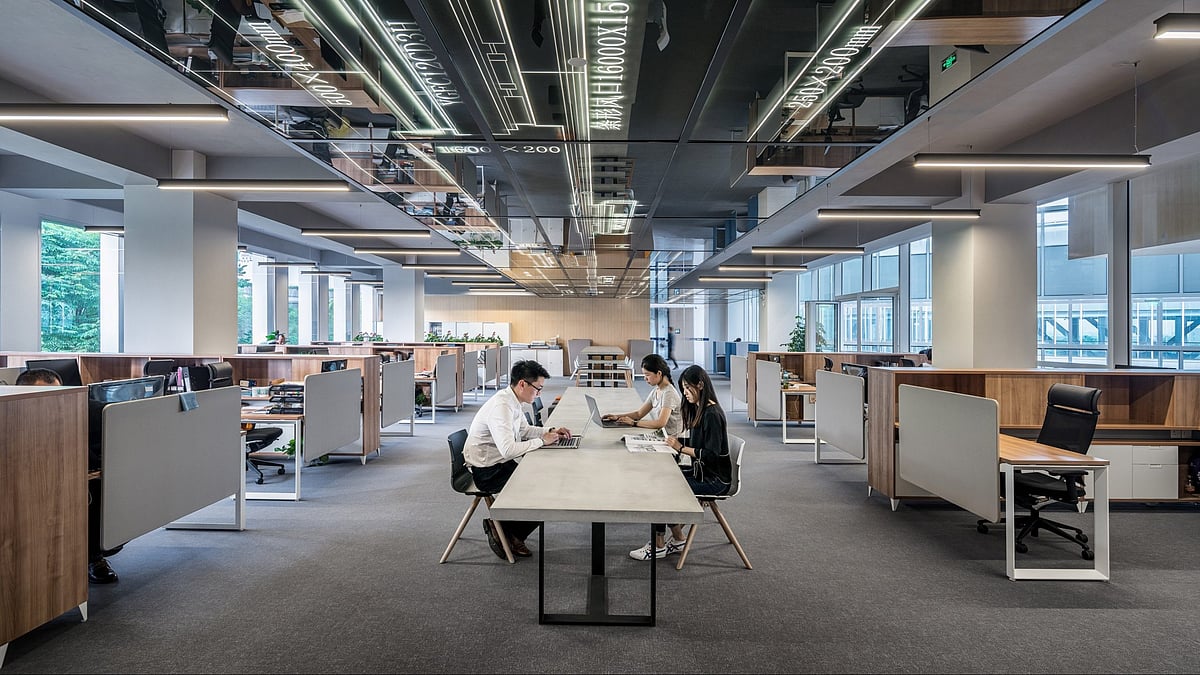As per ANAROCK Research, Pune has emerged as a India’s leading gainer in the resilient officer market, nearly doubling to 6,2 million sq. ft., reflecting sturdy demand from Banking, financial services and insurance (BFSI) sector, co-working firms, IT companies expanding the city’s march towards a new business avenue.
In the ANAROCK Research report Karnataka’s Bengaluru continued to top the chart despite being marred with severe traffic congestion. As per the report, Bengaluru recorded highest office leasing in India among top seven cities, nearly 9.95 million sq. ft. until September 2025, which has grown 22 percent from the previous year.
However, West Bengal’s Kolkata happened to be the only major city to register a decline in office leasing, with absorption falling 19 per cent on yearly basis, representing bumpy recovery across top seven office markets in the country.
Pune: The most thriving market
Pune stood out as the exponentially growing office market among the seven cities in the country, registering a 97 per cent yearly rise in net absorption and a 168 per cent rise in new completions. The city’s well-balanced sectors such as engineering firms. IT Park, Startups, BFSI companies, has made it one of the most sought-after real estate hubs after the covid-19 pandemic.
Moreover, comparatively low rentals than Bengaluru and Mumbai, developing metro and public transport connectivity, and a growing base of multinational companies have aided Pune to convert from a satellite city into fastest growing commercial place.
What’s going right for Bengaluru
In spite of, severe traffic snarls, weak public transport and infrastructure inadequacy, Bengaluru remains the top choice for comapies, particularly led by IT and ITeS firms, coworking players, and global capability centres (GCCs). IT ot ITeS companies alone accounted for 27 per cent of total office space absorption across the country, with a large share concentrated in the Whitefield micro-markets and Bengaluru’s Outer Ring Road and.
In addition to this, the city also saw a 9 per cent rise in rentals, the highest among major metros, while its vacancy rate dropped to 12.2 per cent from earlier 13 per cent, reflecting that additional spaces are being quickly absorbed.
Why is Kolkata in a tough spot?
Kolkata’s commercial real estate remained sombre, with net office absorption slipping to 0.85 million sq. ft. till September 2025 from 1.05 million sq. ft. in 2024.
The office space vacancy rate remains high at 17.8 per cent, only slightly down from 18.3 per cent in 2024, representing sluggish demand. Slower infrastructure development, a lack of large multinational occupiers, and Limited Grade-A supply continue to hinder Kolkata’s growth trajectory.
Pan-India Picture
Across India’s top seven office markets, net office absorption reached a six-year high of 42 million sq. ft., which is probably because of continued expansion in tech, BFSI, and flexible co-workspaces. While, rentals rose 6 per cent year-on-year to Rs 90 per sq. ft., while overall office space vacancy reduced to 16.2 per cent.

Chennai registered a single-digit office vacancy of 8.9 percent, the lowest among top seven metros, signalling a tight, well-balanced office market with strong demand-supply. However, Hyderabad reported the highest vacancy rate at 26.5 per cent, reflecting supply-side pressures in certain micro-markets in spite of healthy leasing activity.
Altogether, Pune and Chennai saw the sharpest growth rates, and Bengaluru, NCR, and MMR accounted for aroung 60 per cent of total leasing.









